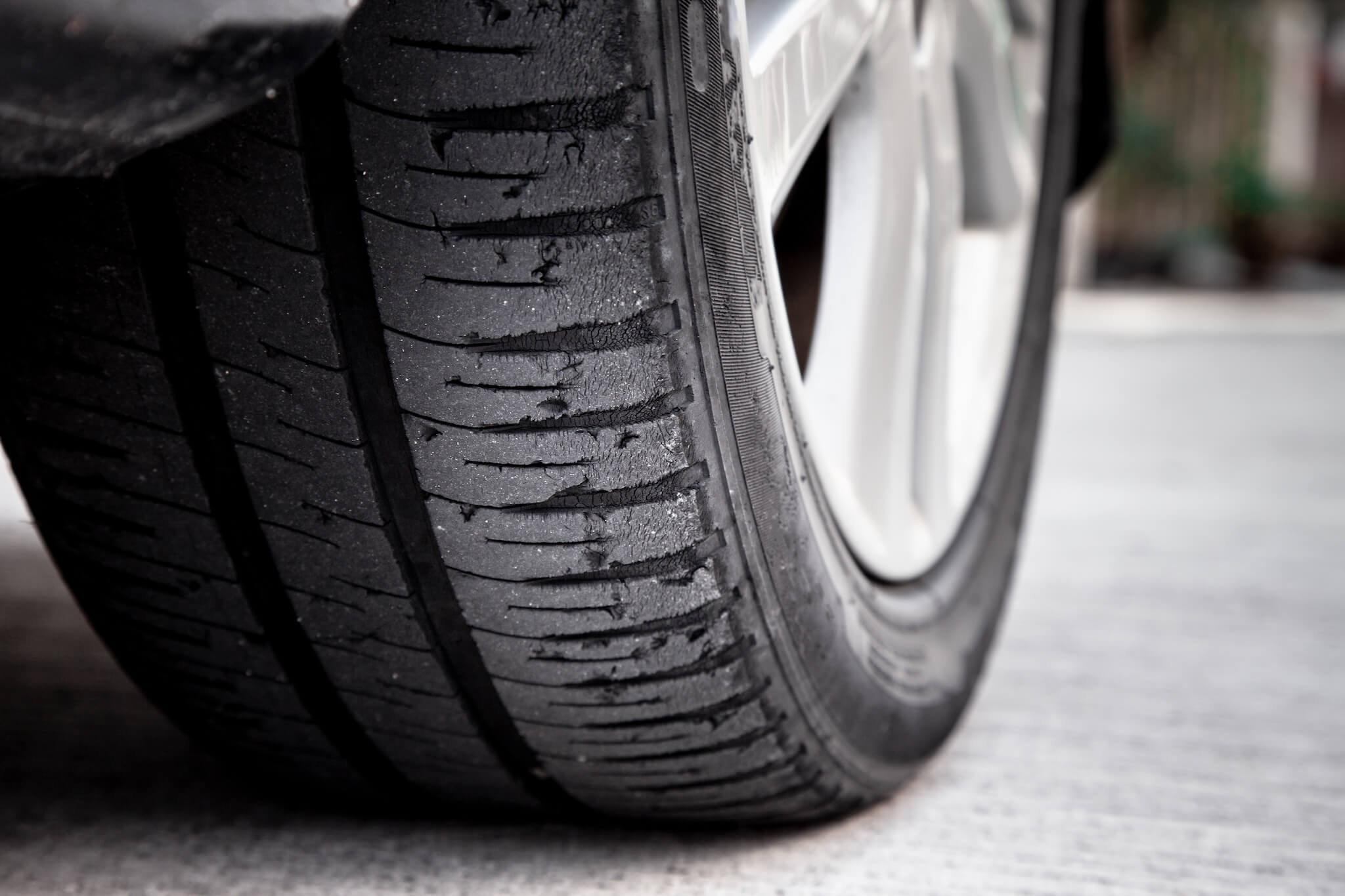 Driving on worn tires is a safety hazard — for you, your passengers and others on the road around you.
Driving on worn tires is a safety hazard — for you, your passengers and others on the road around you.
While tires are classified as bald when one of their grooves measures at 2/32 of an inch, most experts agree that 4/32 is the minimum tire tread depth that should be considered safe.
Consumer Reports has studied different tire tread depths and how they handle in different conditions, such as rain and snow. They’ve stated that, “Based on our tests of new and half-tread-depth tires, you may want to consider shopping for new ones on your car or truck closer to the 4/32-inch groove depth.”
The bottom line is that it is extremely dangerous to drive on worn, bald and low tread tires. For example:
- When roads are wet, worn tires affect a car’s ability to brake quickly and efficiently.
- A car is more likely to hydroplane with low tread tires.
- Worn and bald tires are not able to gain traction on snow-covered and icy roads.
- Low tread tires are more susceptible to punctures, which can lead to sudden blowouts.
- Worn tires are more likely to lose air pressure, which impacts a car’s fuel economy, braking and steering. Low pressure is also a major cause of tire blowouts, and blowouts can potentially lead to losing control of a vehicle.
The National Highway Traffic Safety Administration recommends checking tire tread levels monthly. Learn how to quickly inspect your tires.
